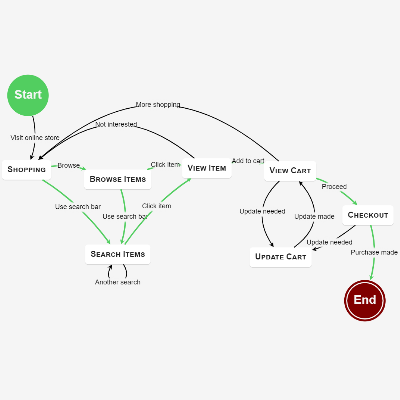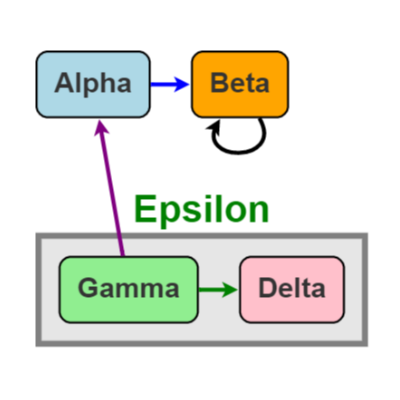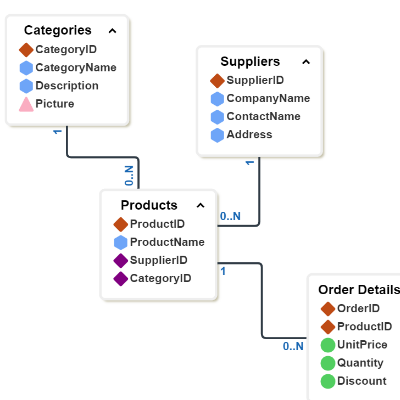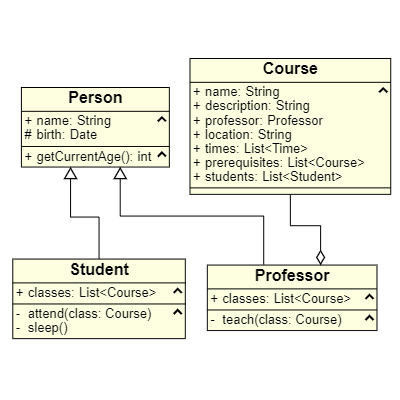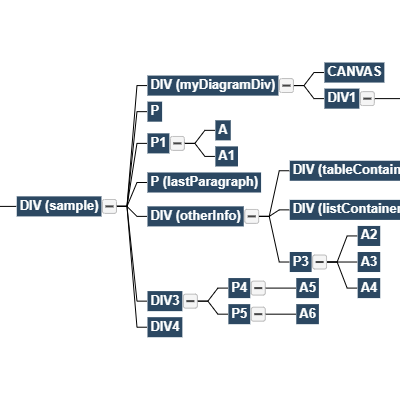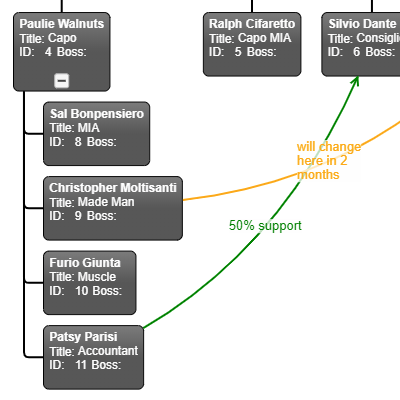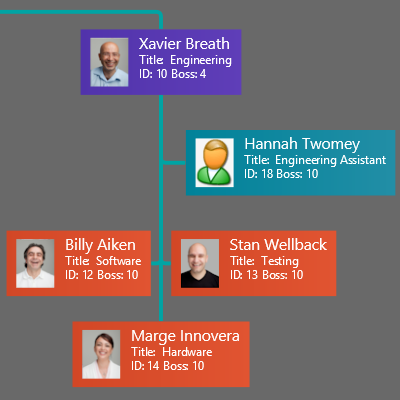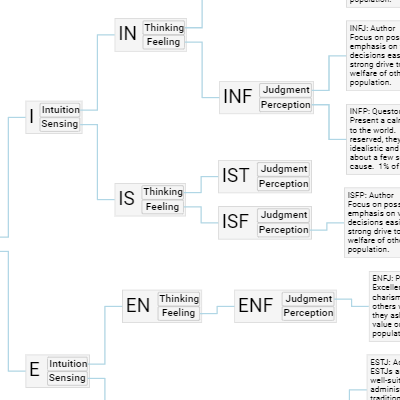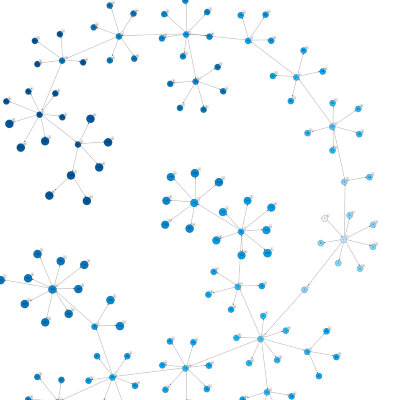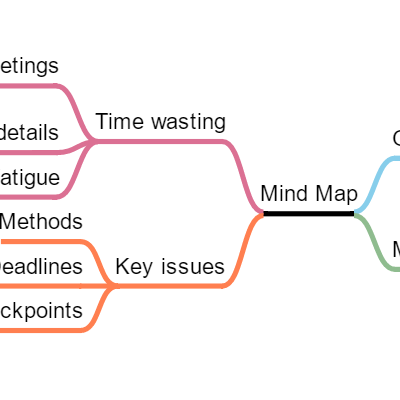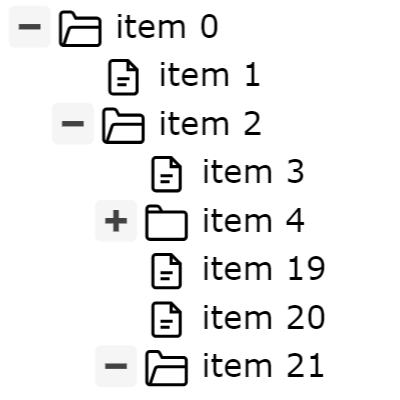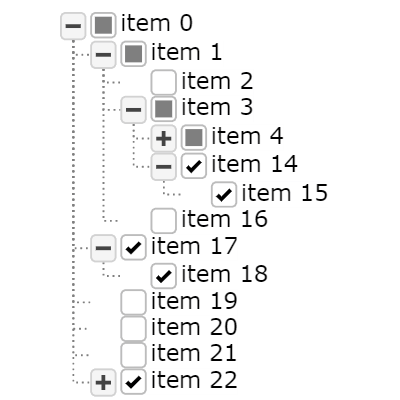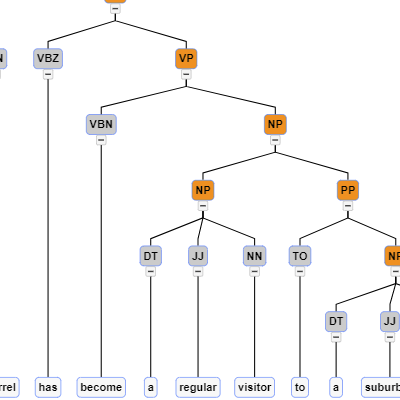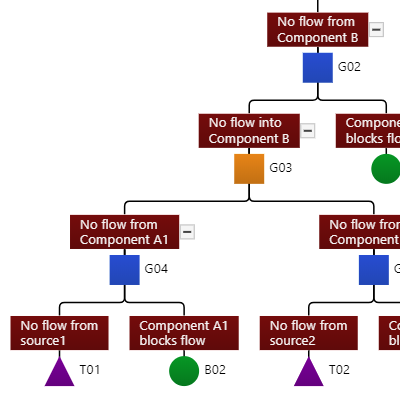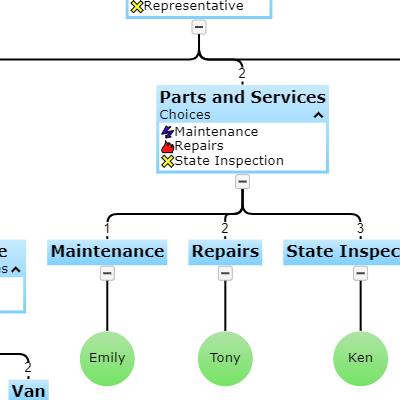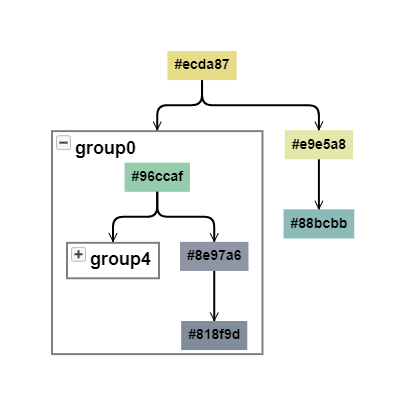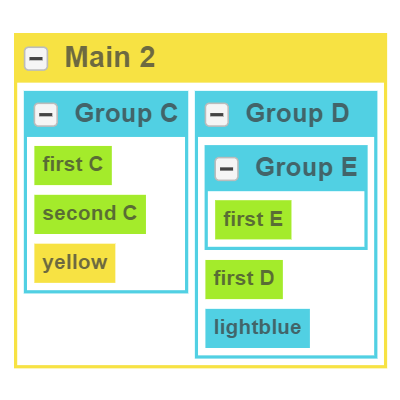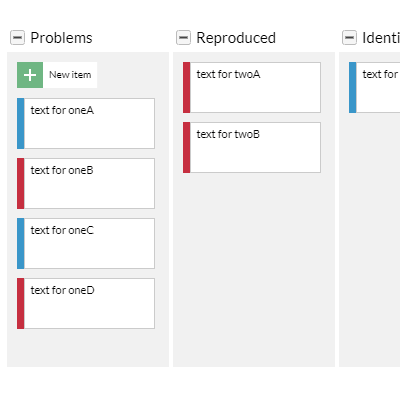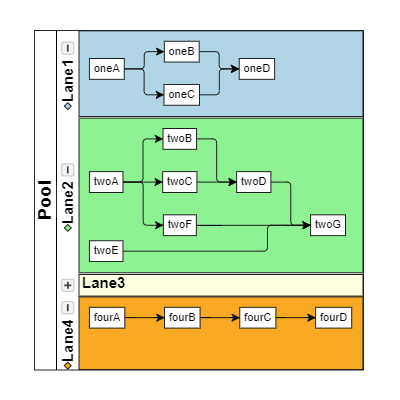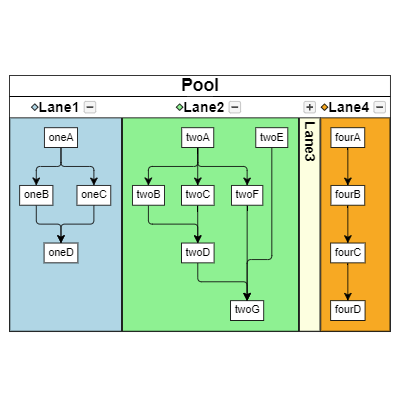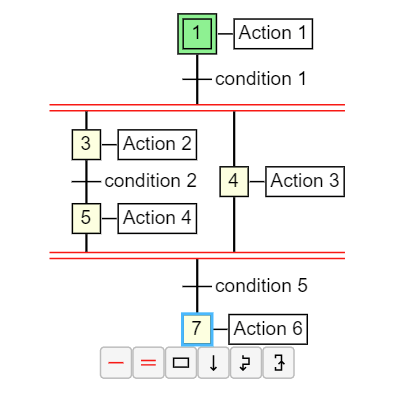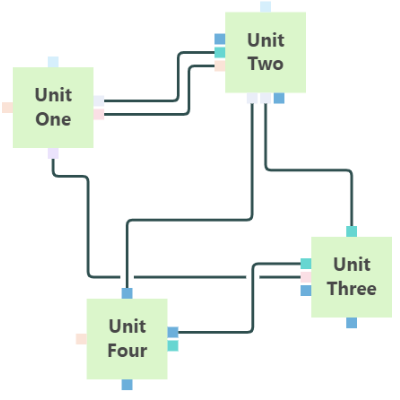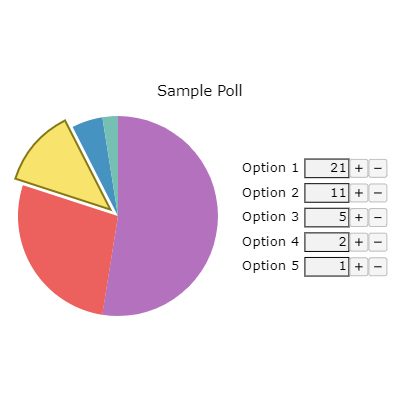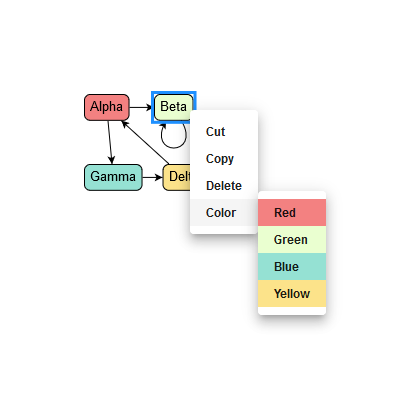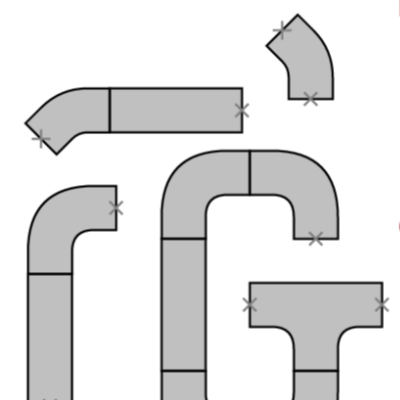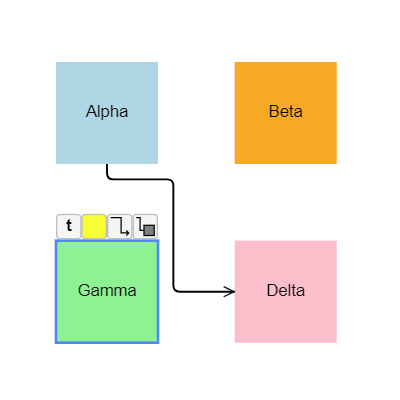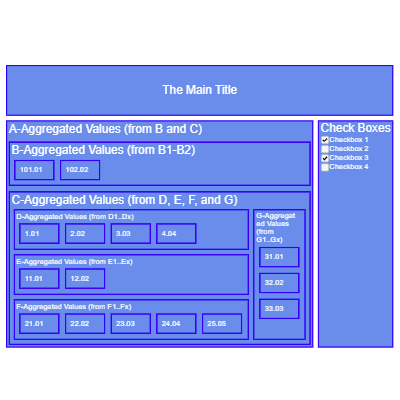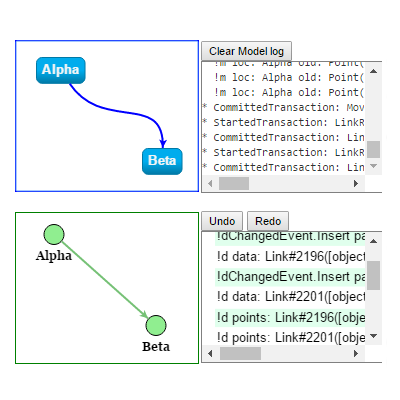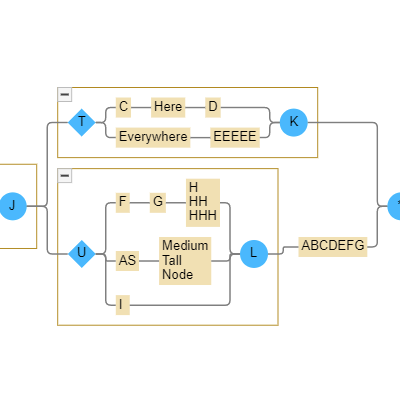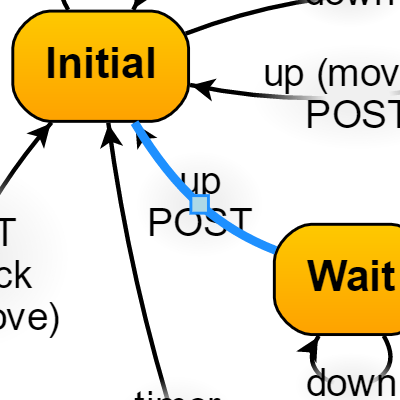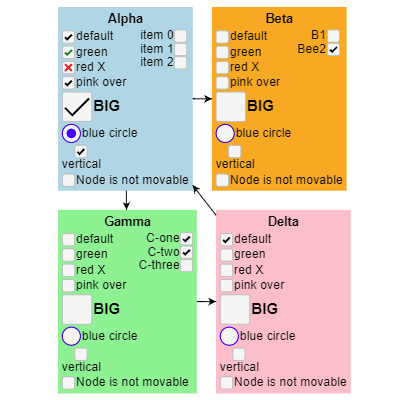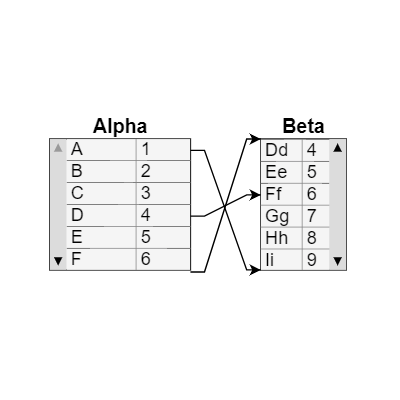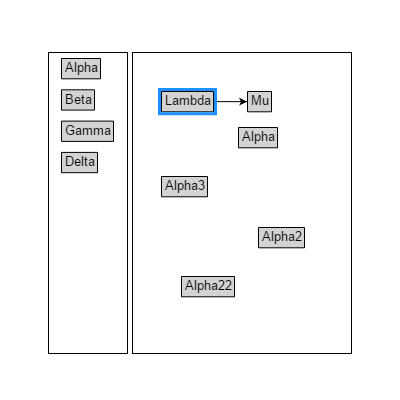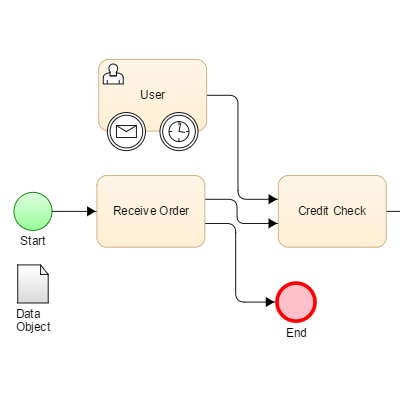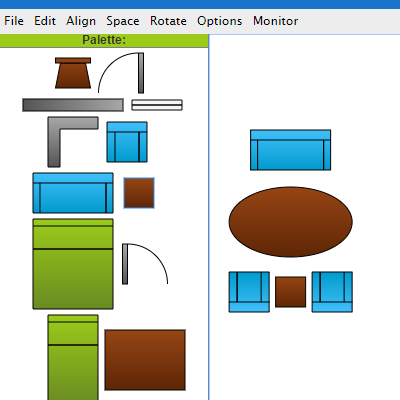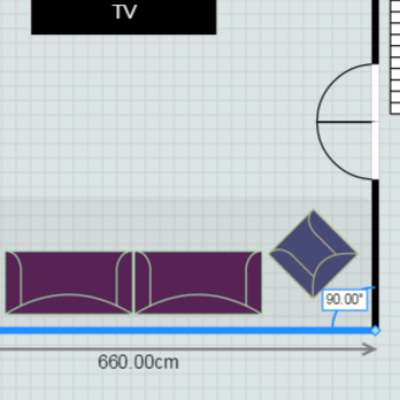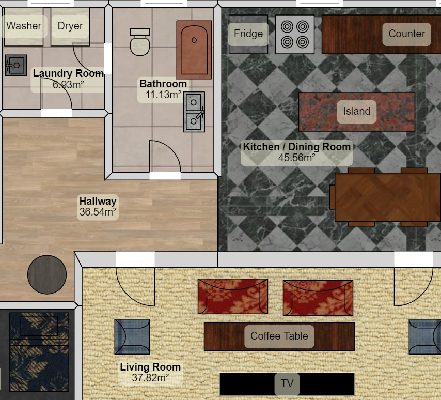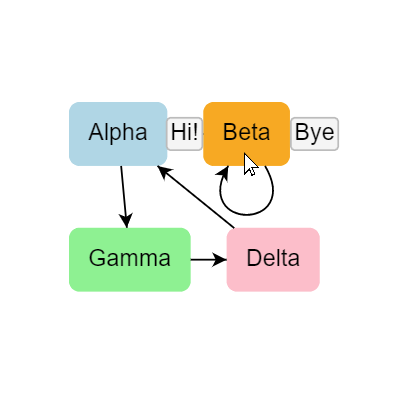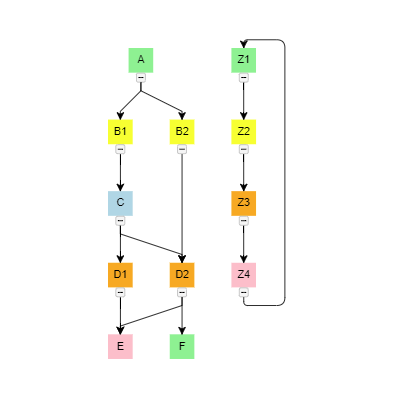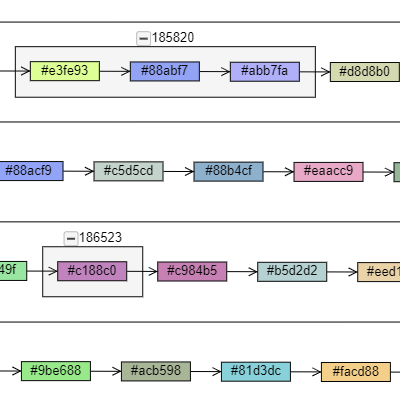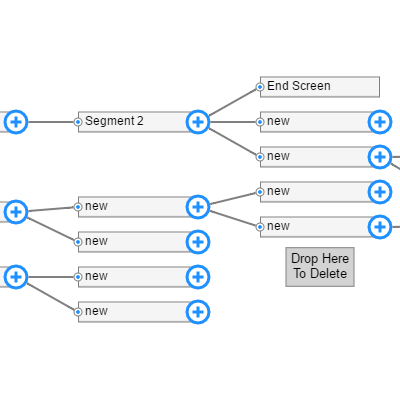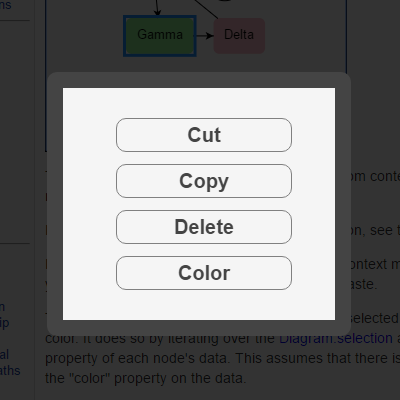GoJS 在线示例
我们的在线示例展示了如何构建不同的图表类型、相关的功能特性和同步的布局方式,您可以使用这些示例中的 HTML 和 JavaScript 代码作为您的应用程序的起点。
如果您已经看过本页面相关例子并准备自己尝试使用 GoJS,请阅读我们的 快速入门 教程
如果要查找特定 GoJS 方法或属性的示例,可以利用 Github 的搜索功能来查找所有示例、扩展和文档的源代码:

流程图
A standard flowchart, showing different node templates and several data bindings. Each node has 3 or 4 port elements. Links are orthogonal and avoid nodes.

组织结构图
Shows an organizational chart, uses an in-laid Overview to aid the user in navigation, and allows the user to search by example.
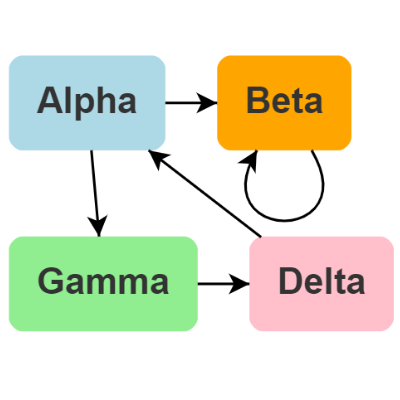
最简单的例子
Shows default Diagram interactivity and basic data binding. Select, move, copy, delete, undo, redo with keyboard or touch.
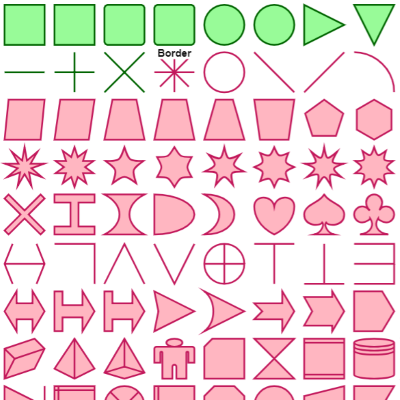
图形形状
Showcases all pre-defined GoJS figures. You can define your own named Shape figures.
SVG 图标
Create your own custom Shapes using SVG path strings. This sample uses SVG strings from a free icon set.

桑基图
Sankey diagrams show the amount of flow between nodes by the width of the links.

PERT
A simple PERT chart, showcasing GoJS table panels and RowColumnDefinition properties.

甘特图
Demonstrates a simple Gantt chart.
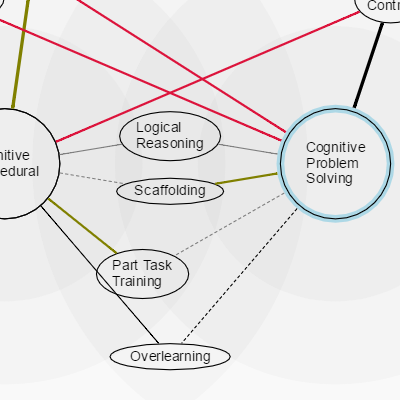
欧拉图
A read-only diagram where clicking on a node will open a new webpage.
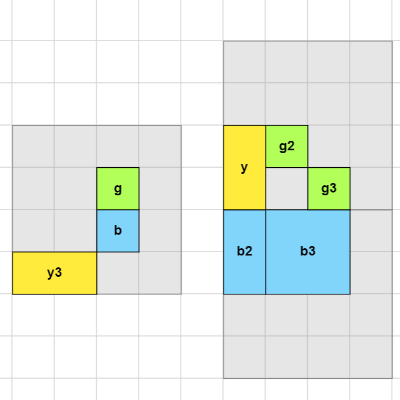
货架图
Drag-and-drop items from the Palette onto racks in the Diagram.

Class Hierarchy
Displays the GoJS Class Hierarchy as a series of trees. Double-click to go to the class's API documentation.
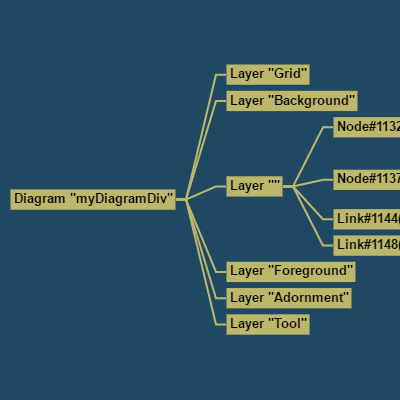
视觉树
This sample shows the actual visual tree of a running Diagram, using a second Diagram.
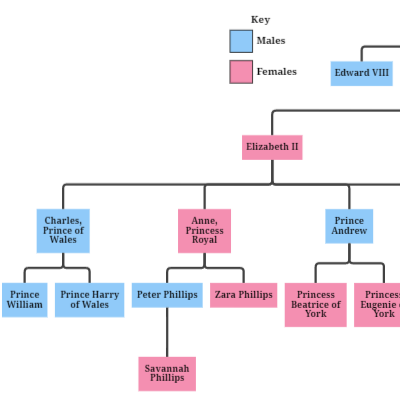
族谱图
Shows a standard family tree.
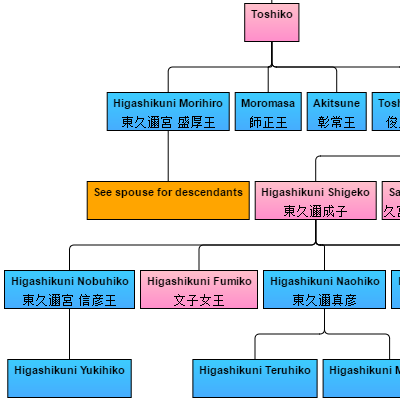
族谱图(日文)
Shows a standard family tree.
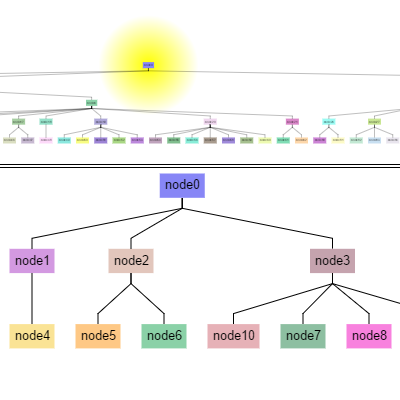
局部视图
Two diagrams, the one on top showing a full tree and the one below focusing on a specific node in the tree and those nodes that are logically "near" it.
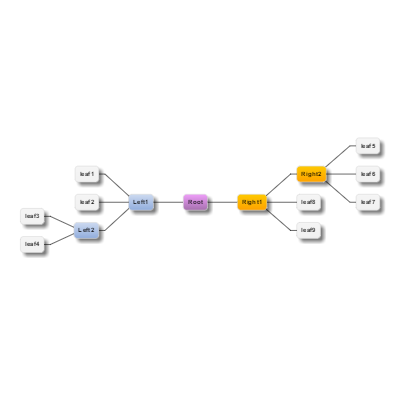
双树
Displays a single diagram of two trees sharing a single root node growing in opposite directions, using two layouts.

Double Tree JSON
Double Tree, loading JSON from server.
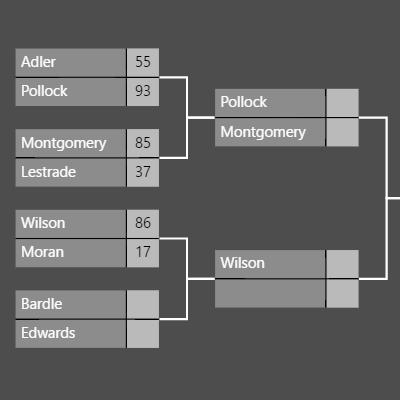
锦标赛图
Tournament bracket with dynamic advancement as scores are entered.
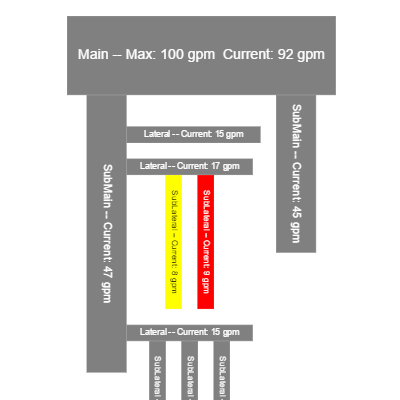
Pipe Tree
A tree layout with rectangular nodes at alternating angles and no links.
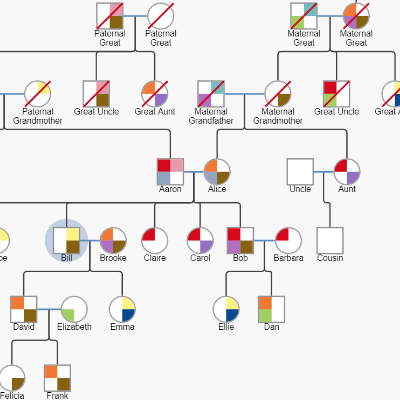
Genogram
A genogram or pedigree chart is an extended family tree diagram that show information about each person or each relationship.
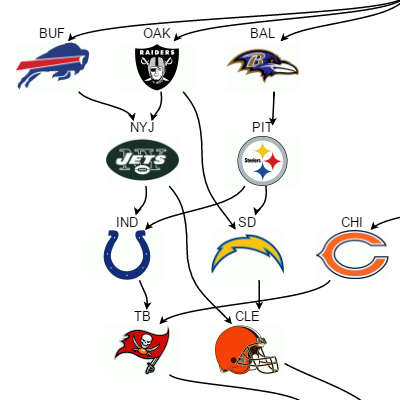
Beat Paths
Demonstrates reading JSON data describing the relative rankings of NFL teams at a particular moment in time and generating a diagram from that data.
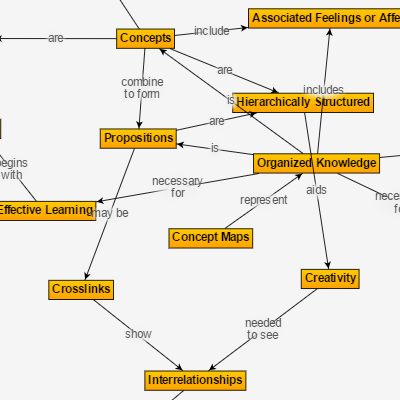
概念图
A web of interlinked concepts displayed with a ForceDirected Layout, showcasing link labels.
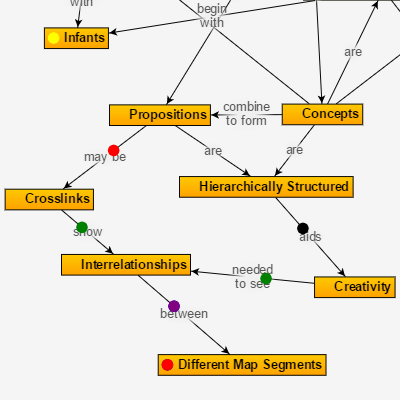
Path Animation
Animation of diagram parts (tokens) along link paths.
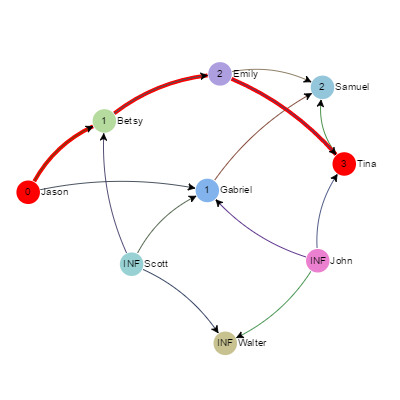
距离和路径
Show distances between two nodes and highlights one of all possible paths between the nodes.
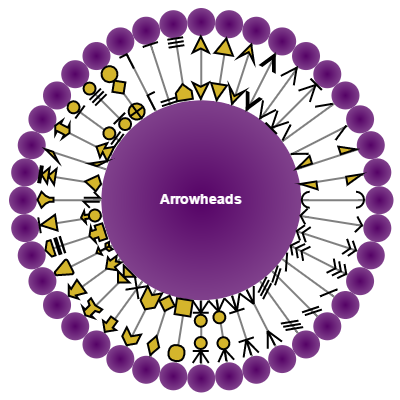
各种箭头
Showcases all pre-defined Link arrowheads. You can define your own named arrowhead geometries.
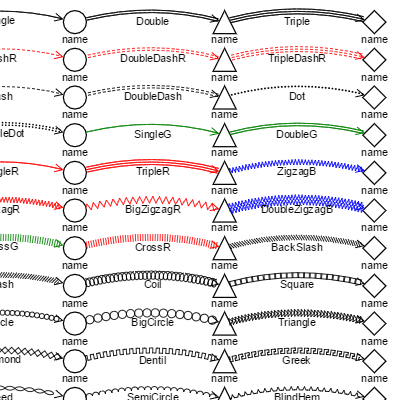
Relationships
Shows how you can create custom renderings for Links by repeatedly drawing GraphObjects along the route.
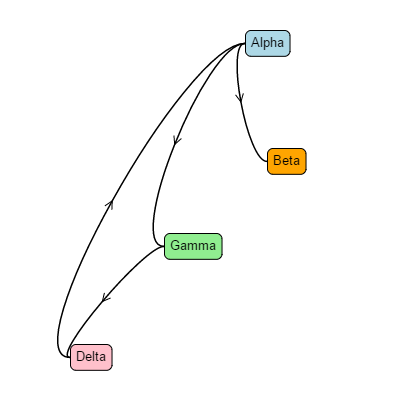
Link Curviness
An example customization of the Link.curviness property and having an arrowhead at the middle of the link route.
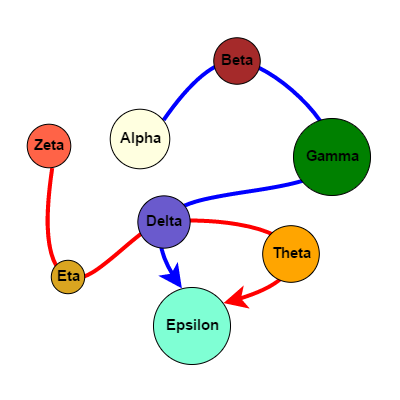
Multi-Node Path Links
Demonstrates custom routing for Links running through other Nodes.
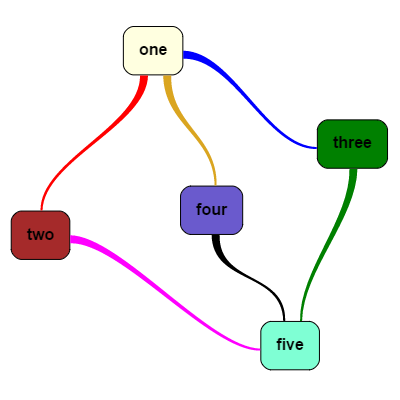
Tapered Links
Demonstrates a custom Geometry for Link paths.
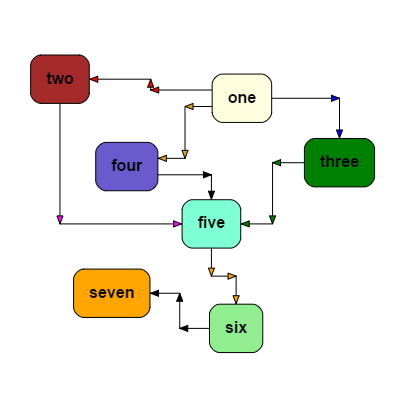
多箭头
A custom orthogonal Link that draws arrowheads at the end of each segment.

可拖动的连线
Showcases draggable disconnectable links that can be connected by dropping one or both ends at a valid port.
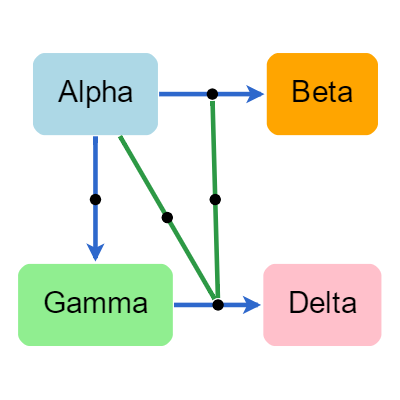
连线相连
Demonstrates the ability for a Link to appear to connect with another Link, using label nodes that belong to links.
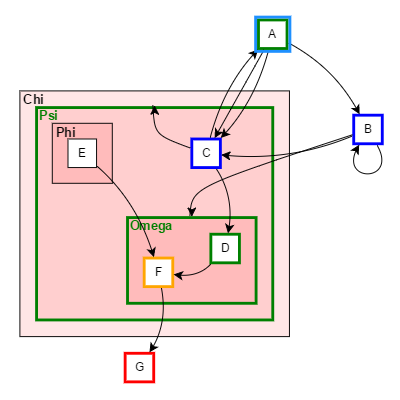
Navigation
Displays relationships between different parts of a diagram.
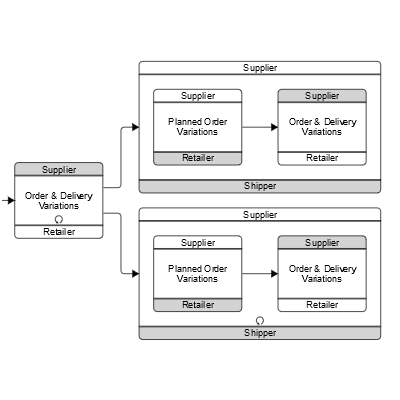
Rounded Groups
BPMN Choreography that demonstrates subgraphs that have rounded headers and rounded footers.
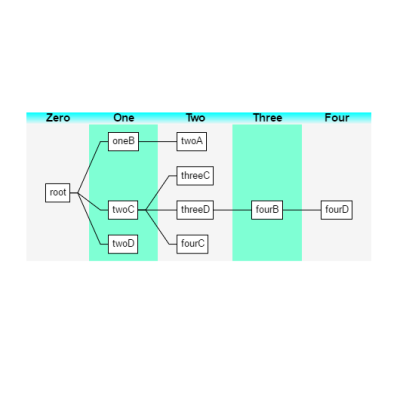
Layer Bands
Layer Bands are automatically created for each "layer" of a TreeLayout, and run perpendicular to the layout.
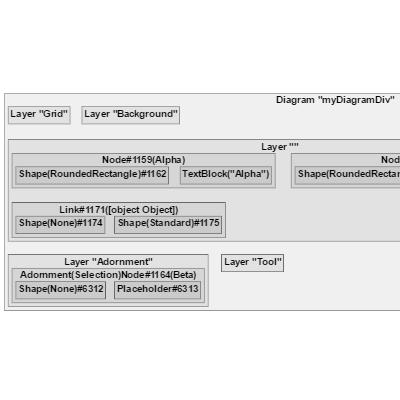
Visual Tree Using Groups
This shows the same visual tree using nested Groups instead of nodes and links.
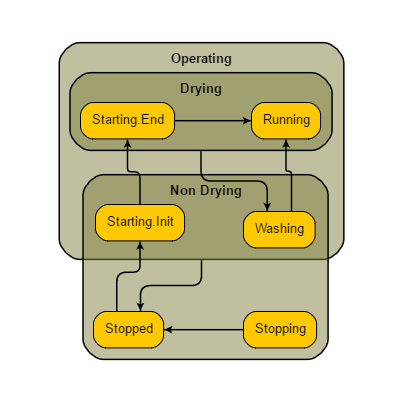
Shared States
As an alternative to using Groups, this manages Nodes that simultaneously belong to multiple containers.
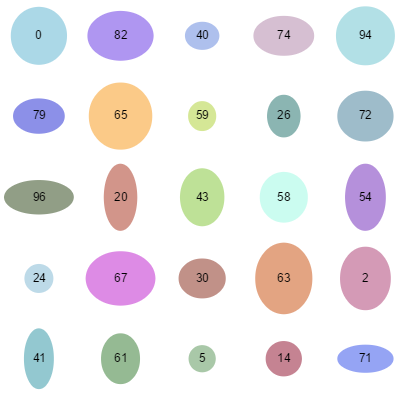
网格布局
Shows GridLayout and options. Places all of the Parts in a grid-like arrangement, ordered, spaced apart, and wrapping as needed.
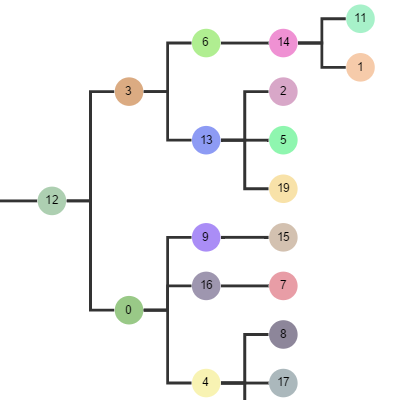
树形布局
Shows TreeLayout and options. Positions nodes of a tree-structured graph in layers (rows or columns).

力导图
Shows ForceDirectedLayout and options. Treats the graph as if it were a system of physical bodies with forces acting on them and between them.
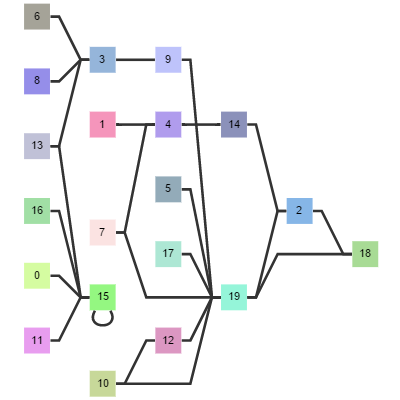
分层有向图
Shows LayeredDigraphLayout and options. Arranges nodes of directed graphs into layers (rows or columns).
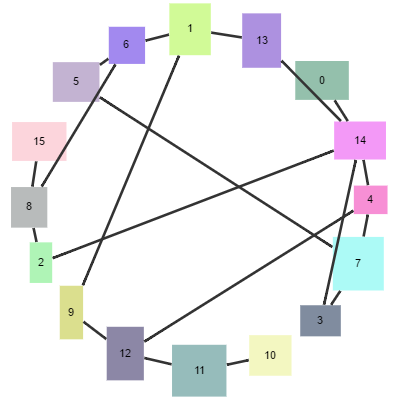
圆形布局
Shows CircularLayout and options. This layout positions nodes in a circular arrangement.

交互性力导图
A continuous ForceDirectedLayout that occurs as the user drags around a node.
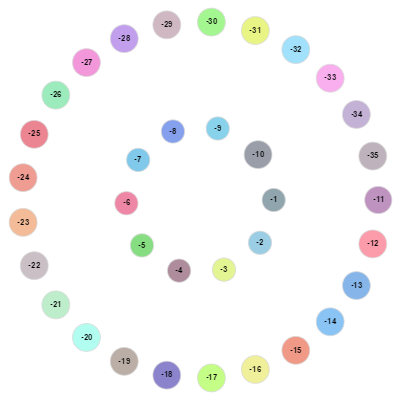
双圆图
Multiple circles using repeated CircularLayouts.
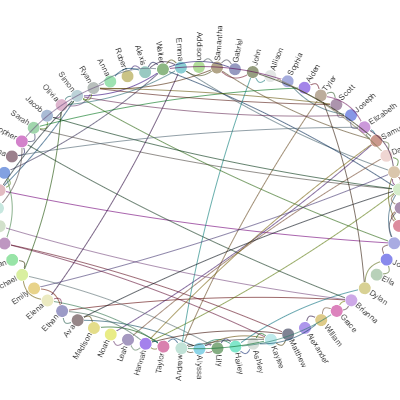
好友关系图
Demonstrates a customized CircularLayout.
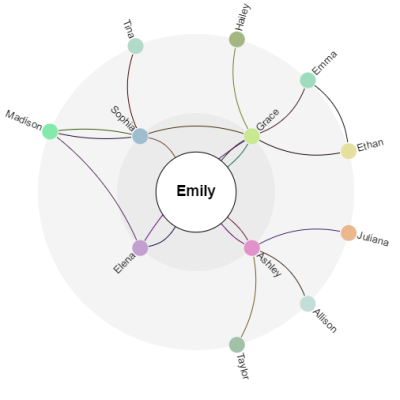
Recentering Radial
Arrange people in circles around a central person, in layers according to distance from the central person.
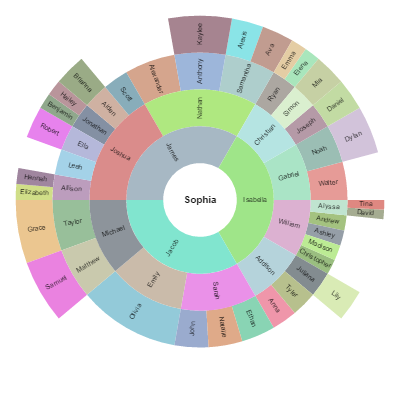
Radial Partition
Arrange people in rings around a central person, in layers according to distance from the central person.
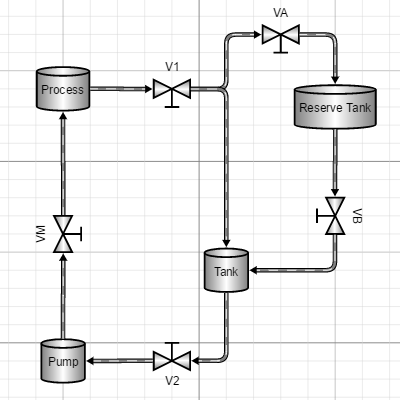
工艺流程图
Tanks, valves, and pipes, with animated flow in the pipes.
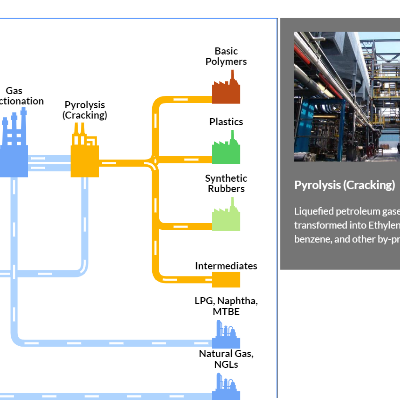
Production Process
Partially describes the production process for converting natural gas and oil byproducts into their end products.
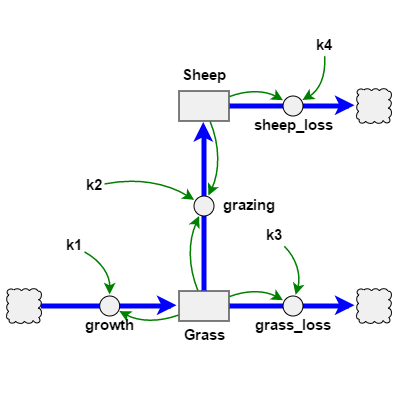
系统动力图
A System Dynamics diagram shows the storages and flows of material in some system, and the factors that influence the rates of flow.
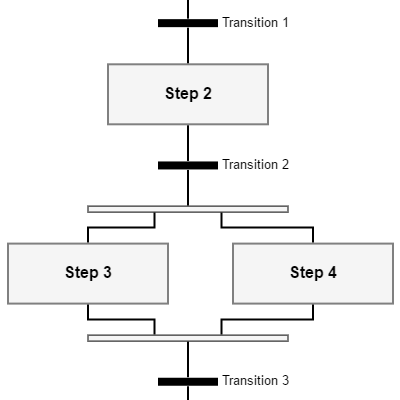
时序函数图
A sequence diagram that shows different node templates, LayeredDigraphLayout and in-place text editing.

序列图
A sequence diagram illustrates how different processes interact with one-another and in what order.
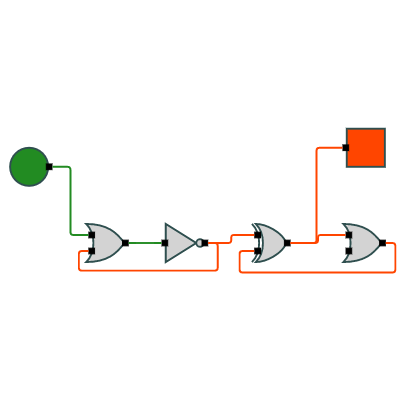
逻辑电路图
A functioning logic circuit diagram, which allows the user to make circuits using gates and wires.
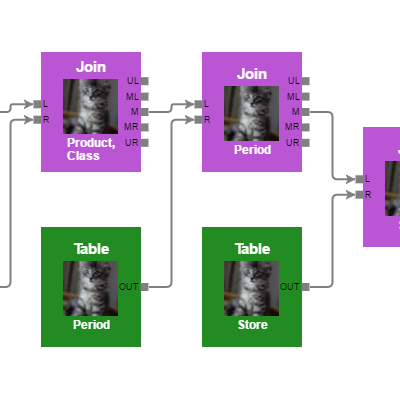
数据流
Show the processing steps involved in a database transformation or query, with labeled ports.
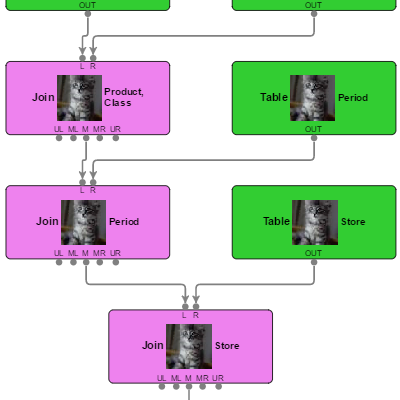
数据流图(竖直方向)
Same as Data Flow, but vertically oriented, and with slightly different styling.
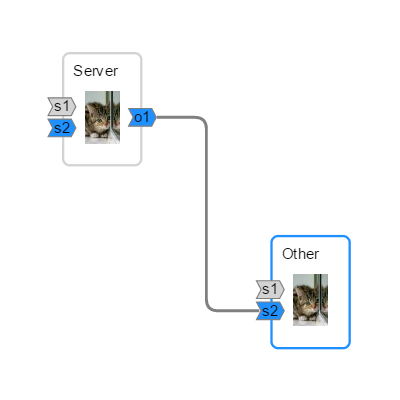
Selectable Ports
A Node with ports that can be selected and deleted.
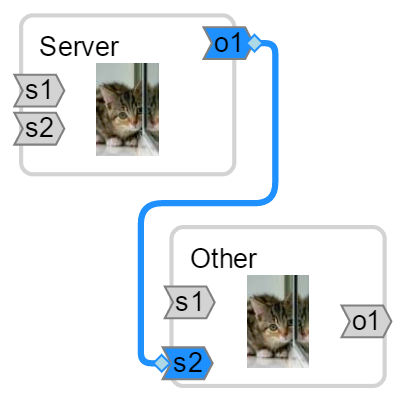
可拖动的端口
A Group with Nodes acting as ports that can be dragged within and between nodes.
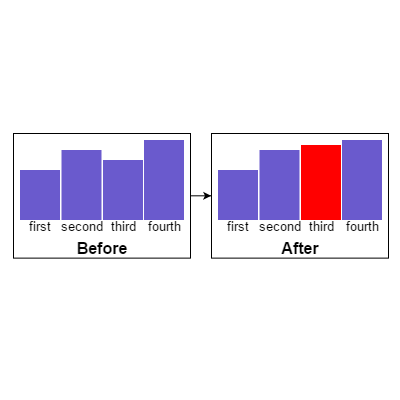
条形图
Simple bar charts or histograms within nodes.

Pie Charts
Simple pie charts within nodes.
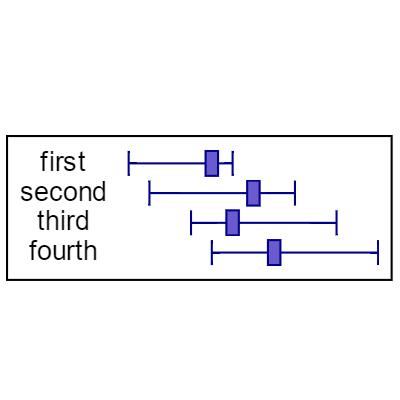
蜡烛图
Simple candlestick or range charts within nodes.
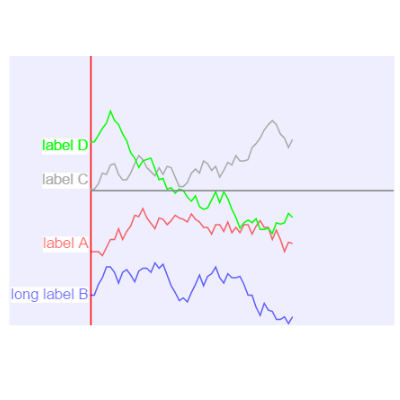
Sparkline Graphs
Simple sparkline charts within nodes.
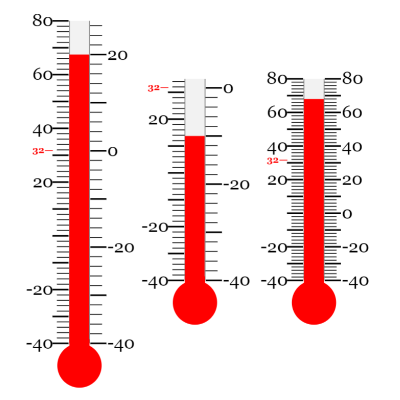
Thermometer
Graduated thermometer scales using Graduated Panel.
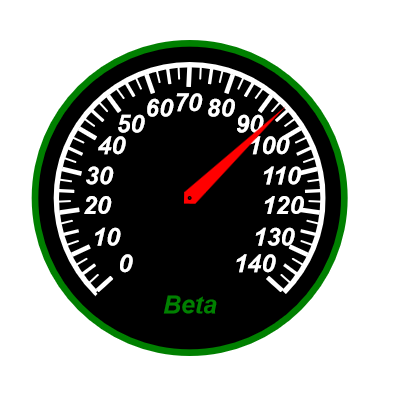
仪表图
A gauge using a scale made with a Graduated Panel.
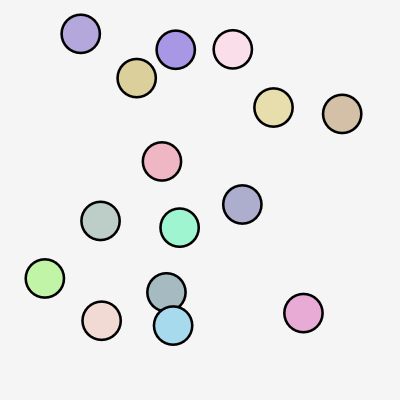
内容对齐方式
Showcases alignment properties of the Diagram.

HTML 交互
Contains two draggable HTML elements (using jQuery UI). One of the two HTML elements houses a panel that interacts with the main Diagram.
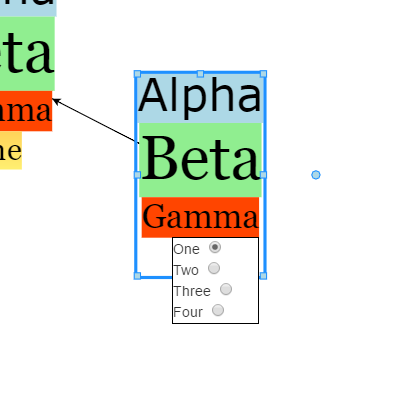
自定义文字编辑器
Demonstrates using a custom HTML element for in-place editing of a TextBlock.
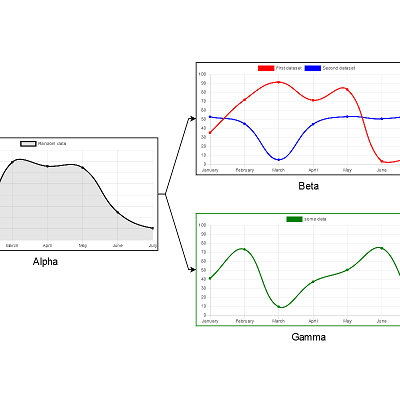
图表节点
Shows how to render a data-driven chart within each Node using the Chart.js library.
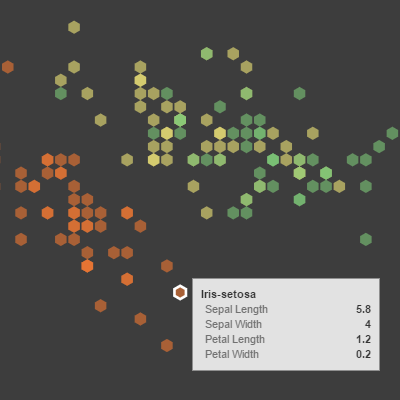
数据可视化
A data-visualization demonstration that showcases GoJS interacting with other elements on the page.
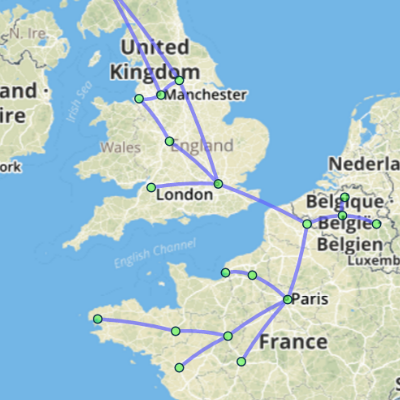
GoJS and Leaflet Map
A GoJS diagram atop a Leaflet.js map, with nodes placed at latitude and longitude based locations.
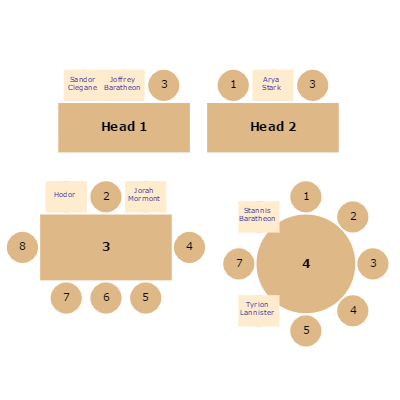
座位表
This sample demonstrates custom logic in a GoJS diagram - a "Person" node can be dropped onto a "Table" node, causing the person to be assigned a position at the closest empty seat at that table.
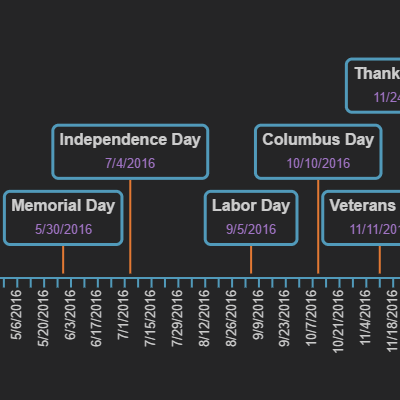
Timeline
A simple timeline with events arranged along a line.
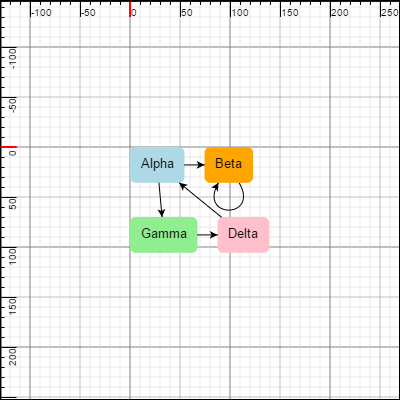
Rulered Diagram
A diagram with Graduated Panels at the edges acting as rulers.
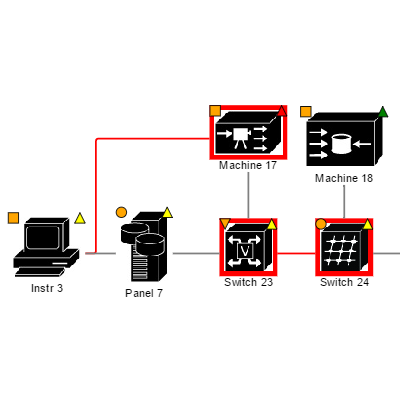
设备监控
Shows the continuously updating state of a number of stations on an imaginary shop floor.
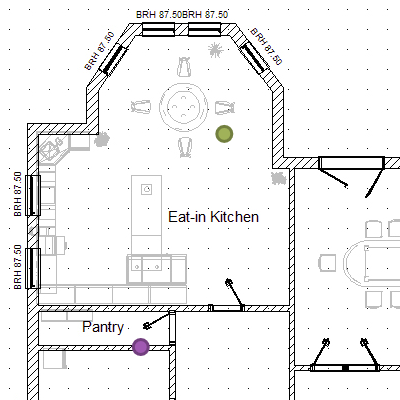
宠物监控
A monitoring diagram where the nodes (kittens) move about a house, with tooltips for each kitten.
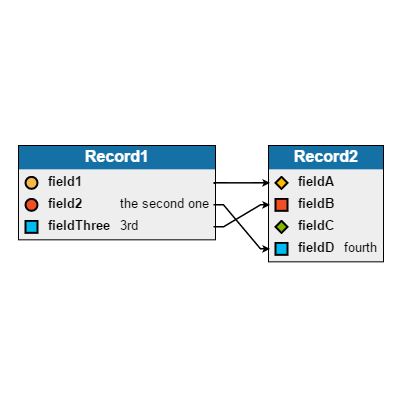
记录映射器
Displays a variable number of fields for each record, with links mapping one field to another.
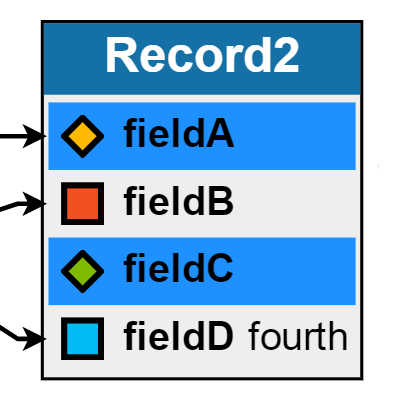
Selectable Fields
Records with fields that the user can select.
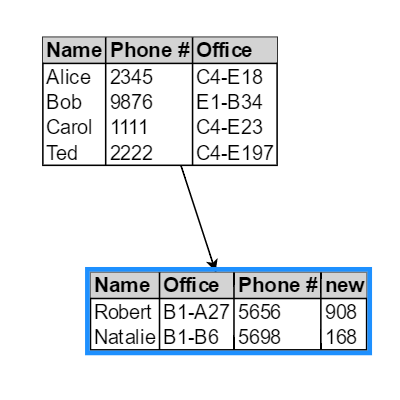
增加/删除表格列
Demonstrates adding and removing columns of a Table Panel.
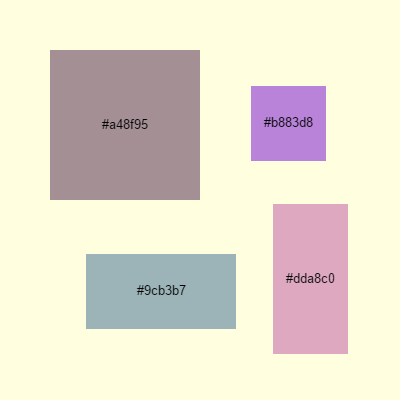
绝对定位
A diagram that does not scroll or zoom or allow parts to be dragged out of a fixed area.

Magnifier
An Overview used as a magnifying glass.
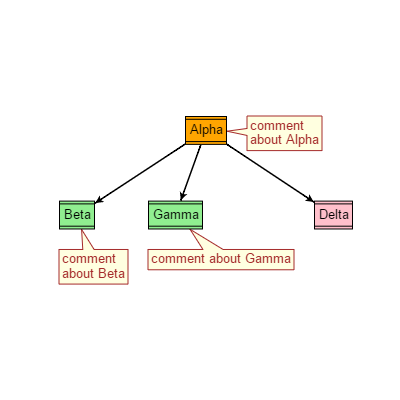
备注
GoJS supports the notion of "Comments", including the ability to create balloon-like comments.

Word Cloud
A word cloud visualization using the PackedLayout extension.

SVG Tiger
Shows a tiger rendered in SVG.
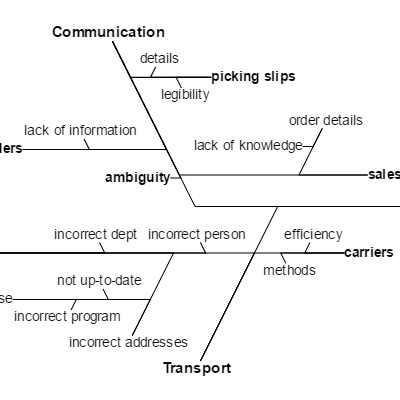
Fishbone Layout
The Fishbone or Ishikawa layout is a tree layout for cause-and-effect relationships.
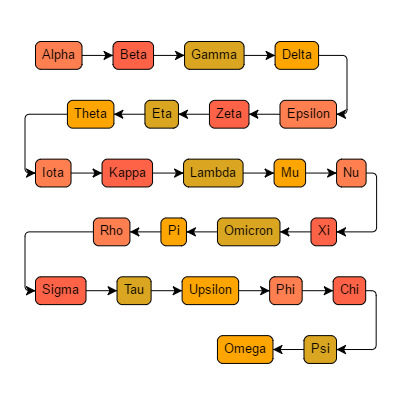
Serpentine Layout
A custom Layout that positions a chain of nodes in rows of alternating direction.
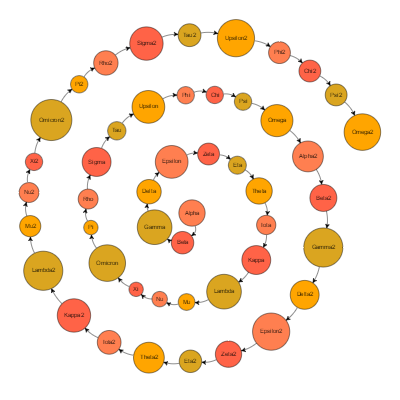
Spiral Layout
A custom Layout that positions a chain of nodes in a spiral.
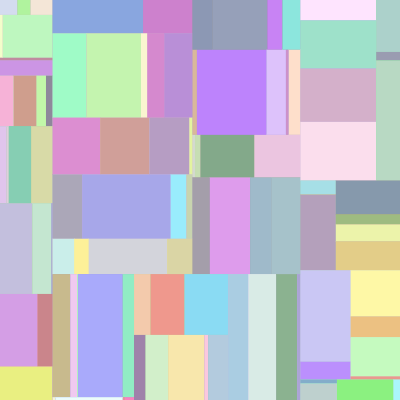
Tree Map Layout
A custom Layout that renders nested Groups into the viewport with each Node having an area proportional to its declared 'size'.
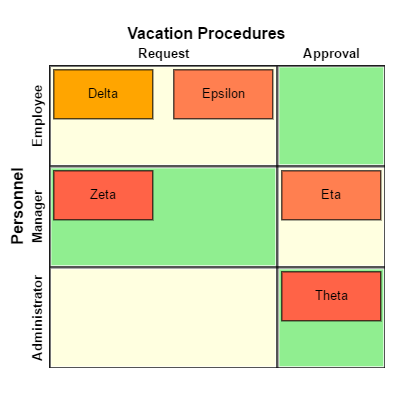
Table Layout
A custom Layout that arranges Nodes just as a Table Panel arranges GraphObjects.
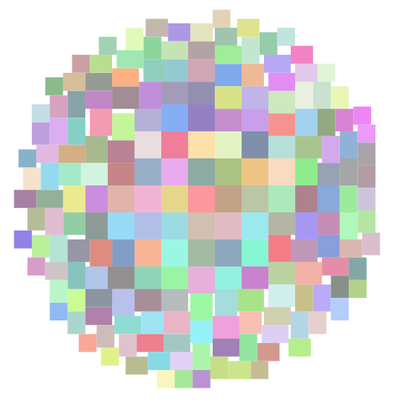
Packed Layout
A custom Layout that positions nodes in a packed area.
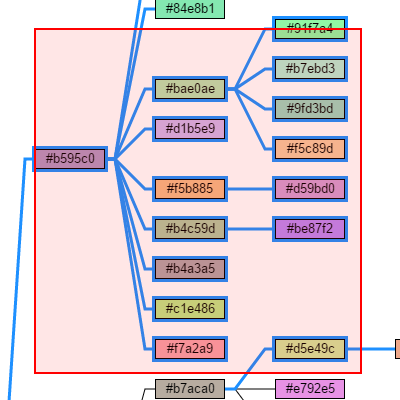
Realtime Drag Selecting
A custom Tool that lets a user drag and create a box to select nodes and links.
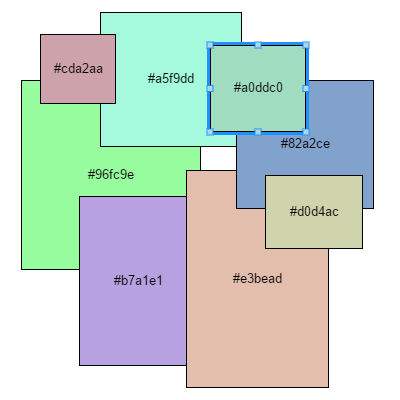
DragCreating
A custom Tool that lets a user draw a box showing where and how large a new node should be.
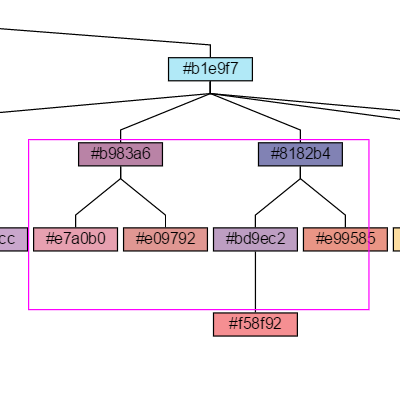
Drag Zooming
A custom Tool that lets a user draw a box showing what to zoom in to.
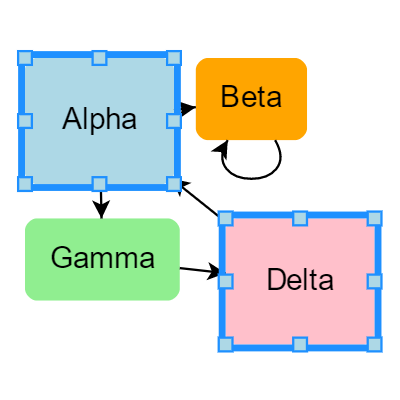
Resize Multiple
A custom ResizingTool that lets the user resize many selected objects at once.
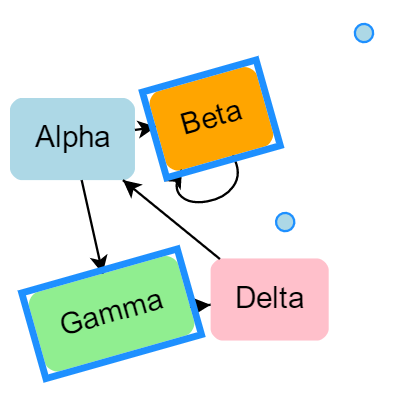
Rotate Multiple
A custom RotatingTool that lets the user rotate many selected objects at once.
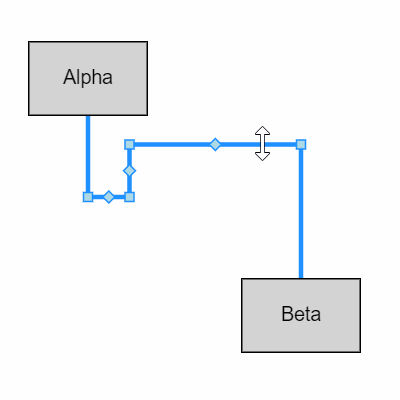
Orthogonal Link Reshaping
A custom Tool that lets the user reshape orthogonal links by dragging entire segments.
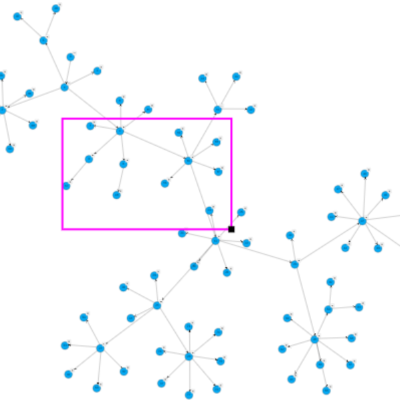
Overview Resizing
A custom Tool which allows the user to resize the overview box.
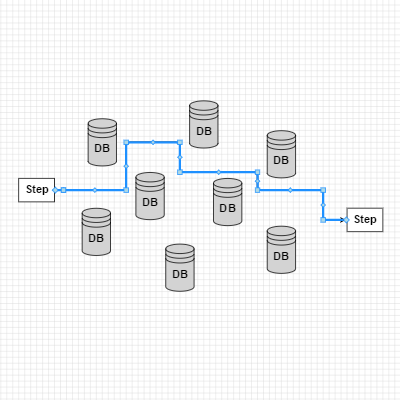
Snap Link Reshaping
A custom Tool that allows reshaping links with grid snapping.
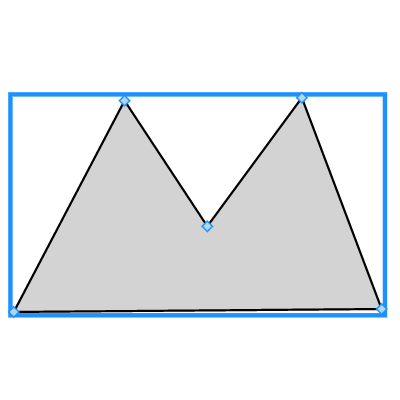
Geometry Reshaping
A custom Tool that supports interactive reshaping of Geometries.
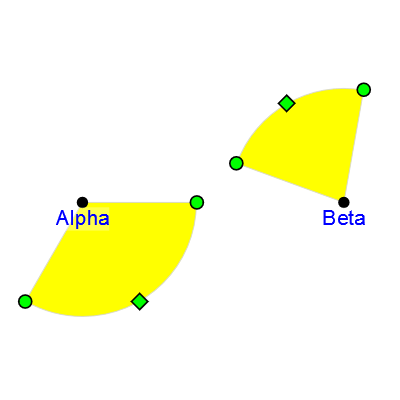
Sector Reshaping
A custom Tool that supports interactive reshaping of pie-shaped sectors of circles.
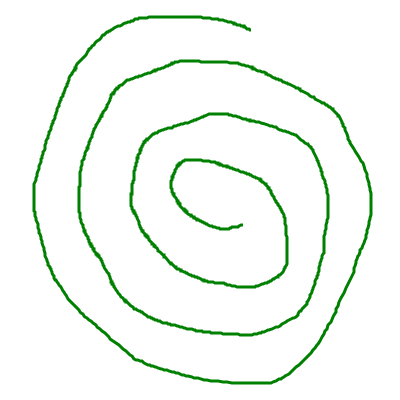
Freehand Drawing
A custom Tool that lets the user interactively draw a line, converting it into a Shape.
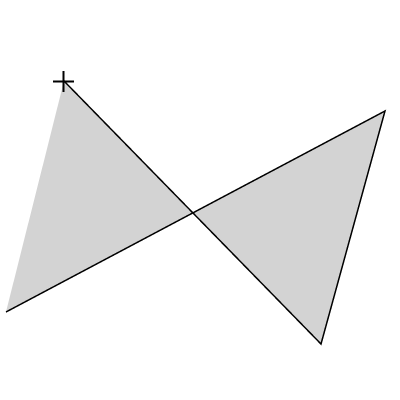
Polygon Drawing
A custom Tool that lets the user interactively draw polygons and polyline Shapes.
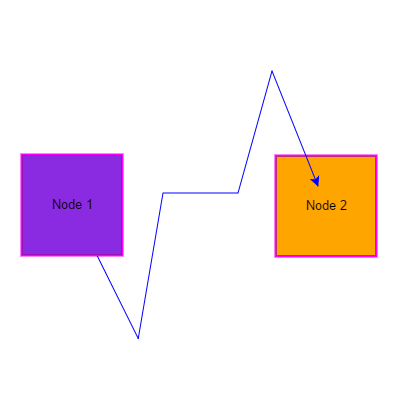
Polyline Linking
A custom LinkingTool that lets the user determine the route of a new Link by clicking.
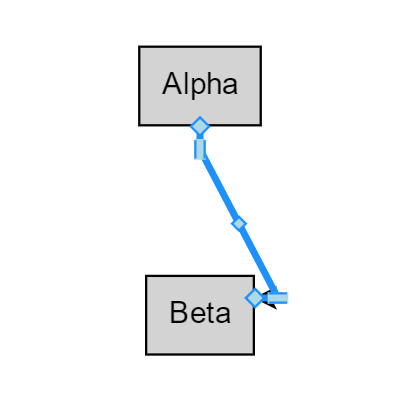
Link Shifting
A custom Tool that adds handles on Links to allow the user to shift the end point of the Link along the sides of the port without disconnecting it.
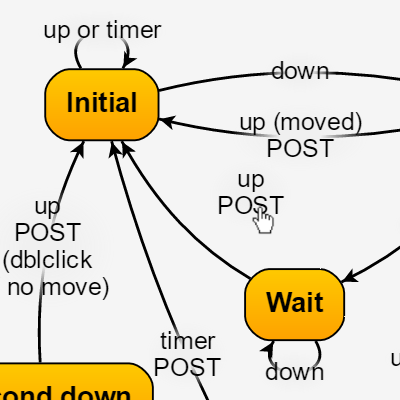
Link Label Dragging
A custom Tool that lets the user drag a label on a Link and that keeps its relative position to the link.
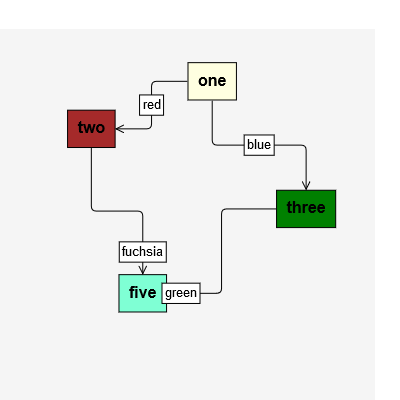
Link Label On Path Dragging
A custom Tool that lets the user drag a label on a Link and that keeps the label along the path of the link.
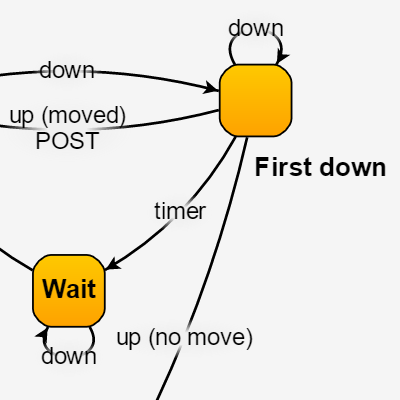
Node Label Dragging
A custom Tool that lets the user drag a label in a Spot Panel of a Node.
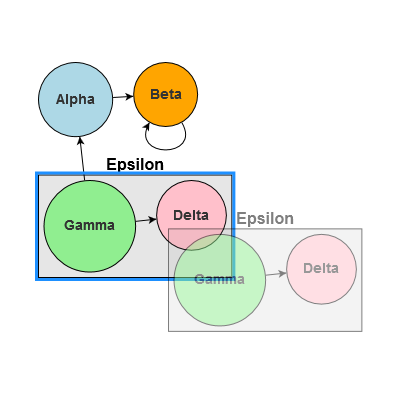
Non Realtime Dragging
A custom DraggingTool that lets the user drag a translucent image of the Nodes and Links to be moved, leaving them in place until the mouse up.
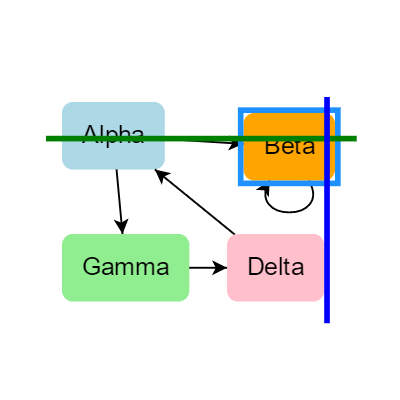
Guided Dragging
A custom DraggingTool that makes guidelines visible as a Part is dragged around a Diagram and is nearly aligned with another Part.
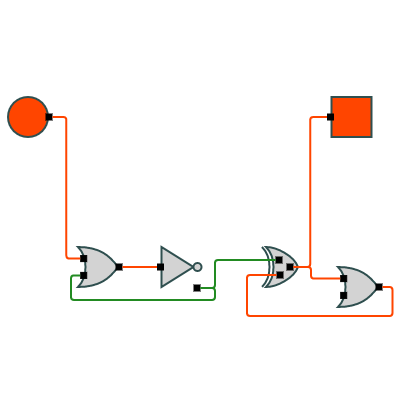
Port Shifting
A custom Tool that lets the user drag a port in a Spot Panel of a Node.
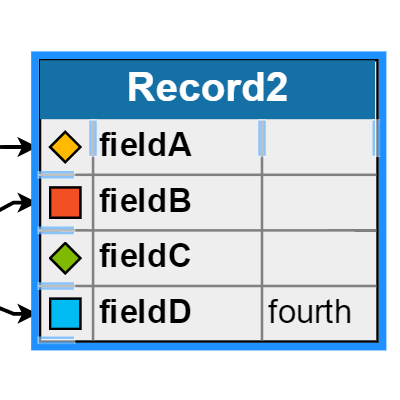
Column Resizing
Two custom Tools that let the user resize the width of columns or the height of rows in a Table Panel of a Node.
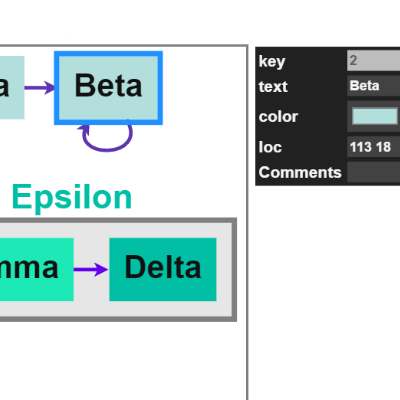
Data Inspector
A simple drop-in for inspecting and editing Part data.
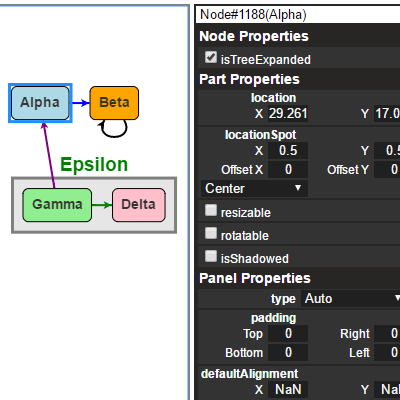
Debug Inspector
A more complex inspector for inspecting all sorts of GraphObject, Node, Link, Shape, etc properties, and Part data.
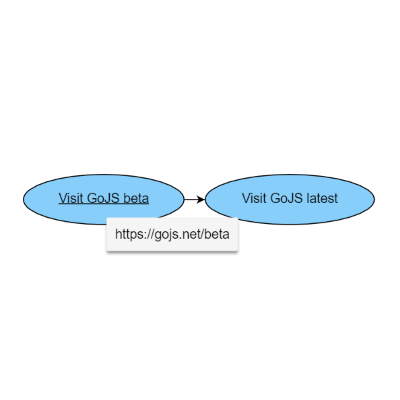
Hyperlinks
Demonstrates usage of the HyperlinkText extension.
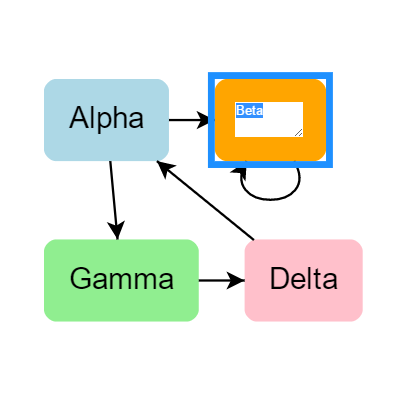
HTMLInfo Text Editor
Demonstrates using an HTMLInfo that acts as a re-implementation of the default text editor.
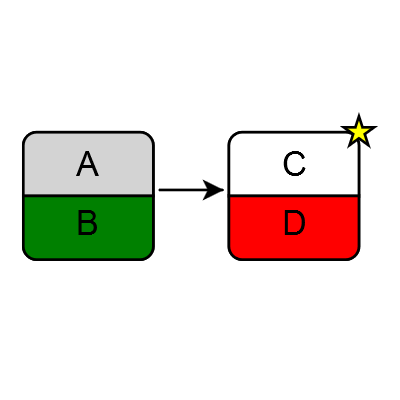
Two Halves
Demonstrates a Node with a top half and a bottom half, with rounded corners.
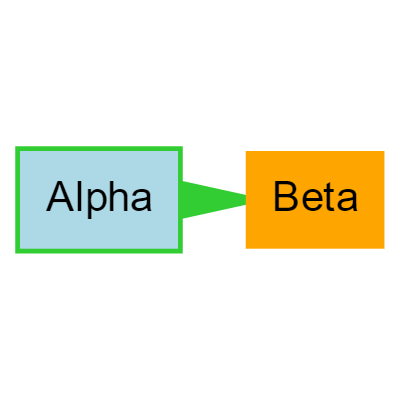
Balloon Links
Demonstrates custom Links that create a "Balloon" around the fromNode.
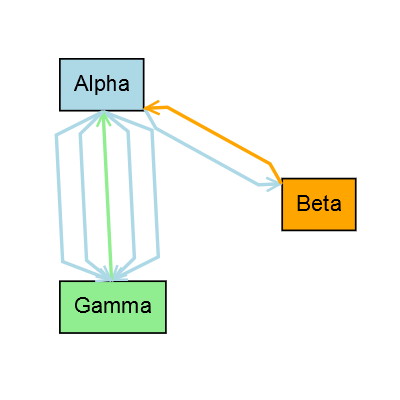
Parallel Route Links
Demonstrates custom Links that route parallel to other Links between the same two ports.
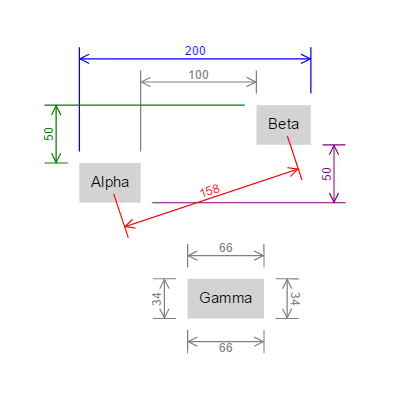
Dimensioning
Demonstrates custom Links that show the distance between two points.
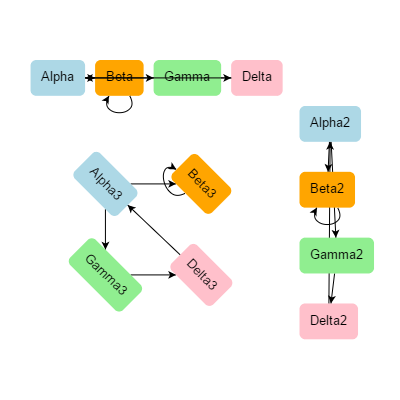
Drawing Commands
Demonstrates custom CommandHandler which provides alignment commands and additional behaviors for the arrow keys.

Local Storage Commands
Demonstrates custom CommandHandler which uses localStorage as the repository for the clipboard, rather than an in-memory global variable, allowing for copying between tabs and windows.

Cloud Storage Manager
Demonstrates dynamically choosing the user's cloud storage service (using the user's credentials) or localStorage.
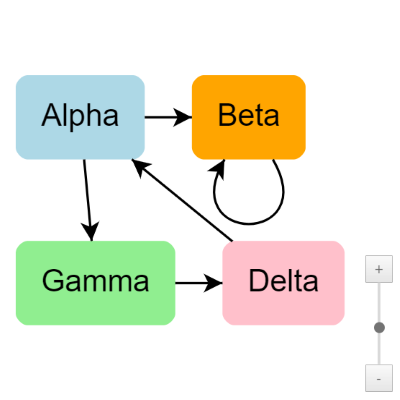
Zoom Slider
Demonstrates use of the ZoomSlider class to zoom in/out using a control.
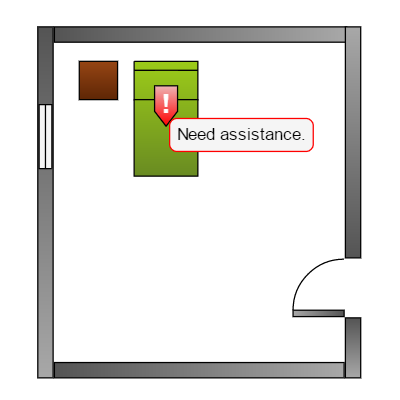
Floor Plan Monitor
A tool to open plans made in Floor Pan Editor and watch simulated alerts.

Minimal JSON
Minimal, loading JSON from server.

Minimal XML
Minimal, loading XML from server.

Minimal Image Download
Minimal, showing image Blob creation with Diagram.makeImageData, and download.

Minimal SVG Download
Minimal, showing SVG creation with Diagram.makeSvg, and download.

Minimal RequireJS
Minimal, using RequireJS.

Minimal AngularJS
Minimal, using AngularJS.
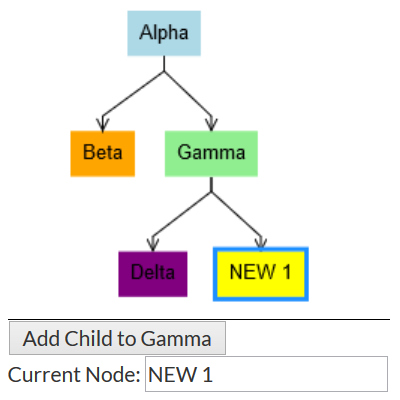
Minimal Vue.js
Minimal, using Vue.js.

Spacing Zoom
When zooming, change the spacing of the Nodes, not the Diagram.scale.

手势行为
Shows different options for ToolManager's gestureBehavior.

Pinch Zooming
Demonstrates customization of pinch-zooming to scale a node.
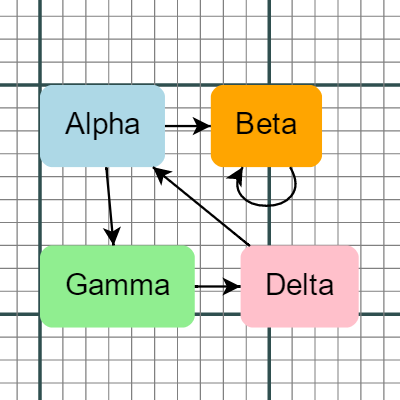
Scroll Modes
Shows infinite scrolling and positionComputation.

Constant Size
Kitten Monitor with constant size markers and tooltips when zooming out.

Virtualized Tree
An example of virtualization where the model holds 123,456 node data yet the diagram only creates a few nodes at a time.

Virtualized TreeLayout
Shows a virtualized TreeLayout with TreeModel.
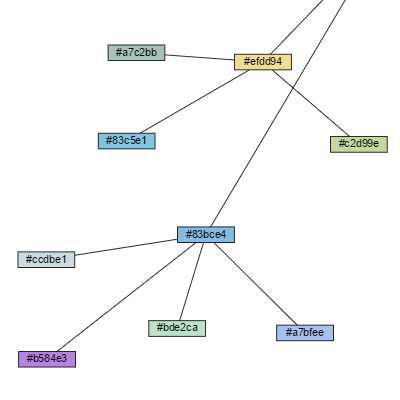
Virtualized ForceDirected Layout
Shows a virtualized ForceDirectedLayout with GraphLinksModel.
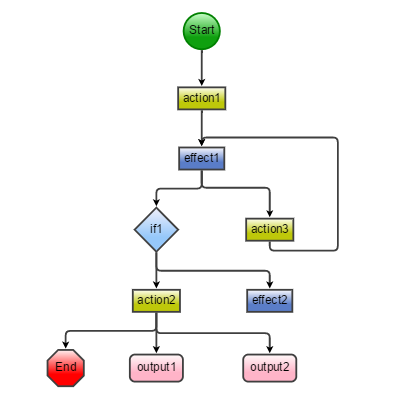
Flowgrammer
Demonstrates a flow-chart-like editor of a restricted syntax language.

Network
Shows a network configurator with a Palette and Overview.

Drag Out Fields
Drag out fields from record Nodes to an HTML element.

Drag and Drop Fields
Drag and drop fields from/to record Nodes.

Two Diagrams
Demonstrates drag and drop between two different diagrams using a shared UndoManager.
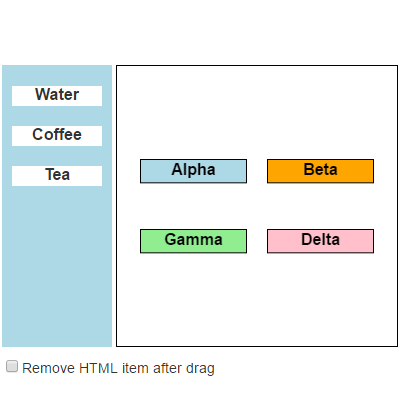
HTML 拖放
Demonstrates dragging and dropping from HTML.

jQuery 拖放
Demonstrates dragging and dropping from HTML using jQuery.
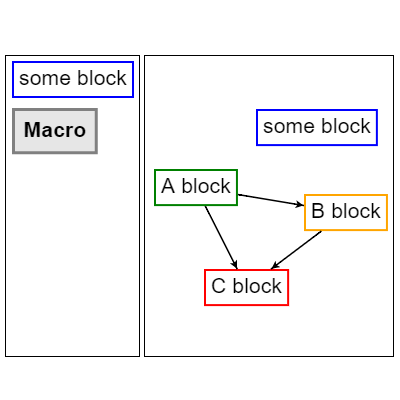
Macros
Demonstrates an automatic ungrouping of nodes when dropping an element on the diagram.
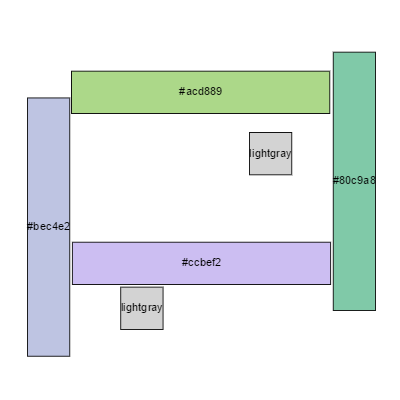
Drag Unoccupied
Demonstrates a function to avoid any overlapping of nodes during dragging.
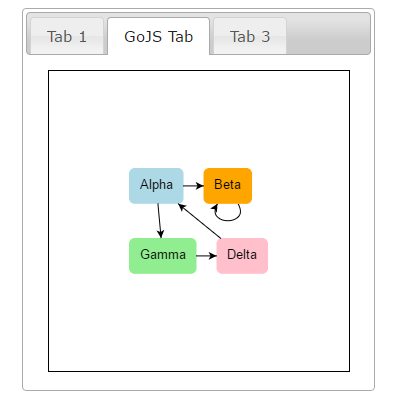
jQuery Tabs
Shows how to create a Diagram within a jQuery UI Tab.

Panel Layout
Shows how to create a custom PaneLayout.

